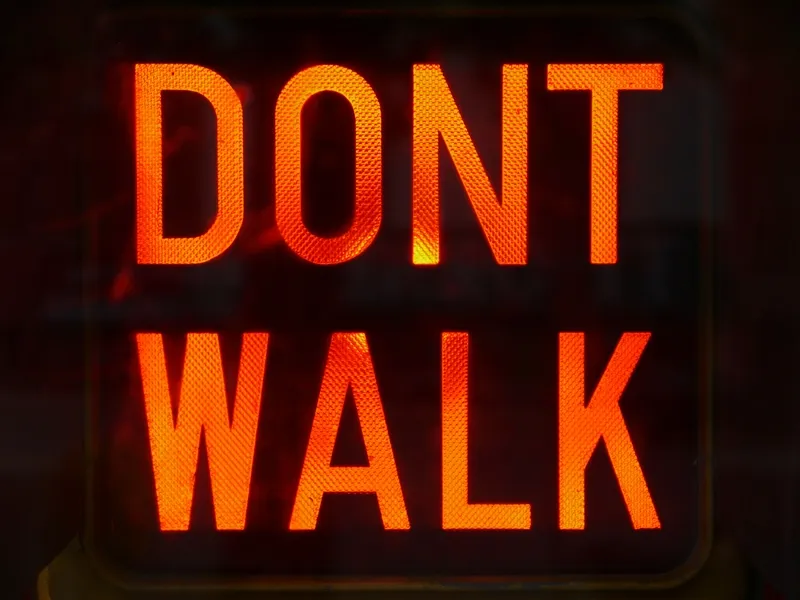From 1 October 2014, UK motorists will no longer need to display the paper road tax disc on a vehicle windscreen. The
One major change the new road tax rules has created is that vehicle tax can no longer be transferred with the vehicle when it is sold - often an added incentive when purchasing a vehicle. If after 1 October you sell a vehicle and have notified the DLVA, you will automatically receive a refund for any full months remaining on that vehicle tax.
Drivers will now always have to buy new vehicle tax when you purchase a new or used vehicle.
Simon Best, IAM chief executive, said: “As with all new systems, it will take a little time to get used to. But the move to allow people to set up a direct debit will mean greater peace of mind for many, so your vehicle will never be untaxed.
“However, moving more of these processes online will make things very difficult for those without regular internet access – as ever, the poor and elderly could lose out.
“And it will be interesting to see if some people think that without a visible tax disc it will be easier simply not to buy one. We’ll see in time how effective this has been in catching those who avoid paying.”
Don’t have a ‘taxing’ time over vehicle tax changes, says the IAM
From 1 October 2014, UK motorists will no longer need to display the paper road tax disc on a vehicle windscreen. The Institute of Advanced Motorists (IAM) has taken the opportunity to clarify the rules; drivers now have to pay for their vehicle tax by continuous direct debit, meaning there will never be a risk of forgetting to pay, and driving an untaxed car.
One major change the new road tax rules has created is that vehicle tax can no longer be transferred with the vehicle when it is sold - often an
August 28, 2014
Read time: 2 mins









